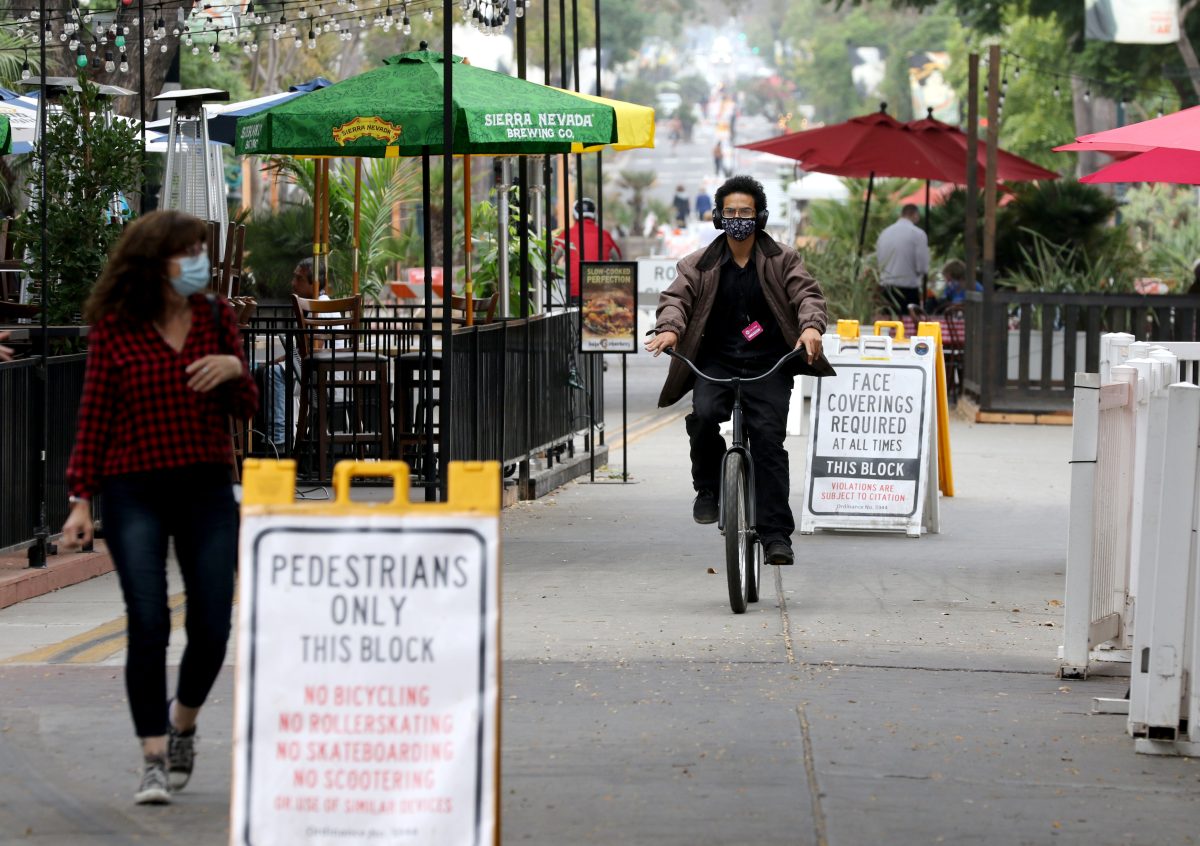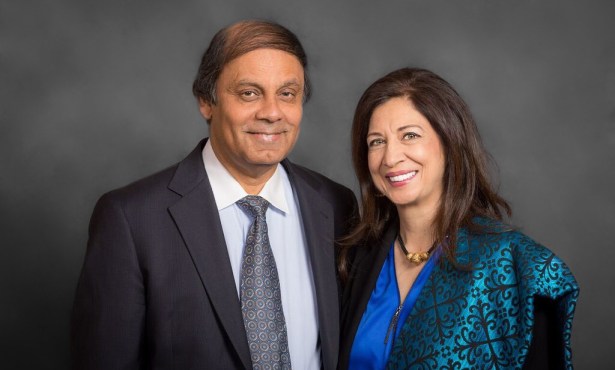Santa Barbara’s State Street to Get Electric Bike Share Program
City Council Voted to Allow Plan for the Second Time

For the second week in a row, the Santa Barbara City Council embraced an uncharacteristically improvisational approach to planning the future of State Street. This week, the hot issue was an electric bike share program that could put as many as 75 rentable electric bikes on State Street and another 50 along the waterfront in the next few months. Depending how that goes, the new program could put another 100 bikes — and their docked stations — along Coast Village Road, Milpas Street, San Andres Street, and on the Mesa sometime early next year.
For the second week in row, the City Council also politely but unambiguously served notice on the city’s Historic Landmarks Commission (HLC) — one of City Hall’s most fiercely protective design review boards — not to get in the way. At the same time, the council also applauded that same HLC for raising questions that city transportation planners initially bristled at since they were in a hurry to launch the bike share program.
Just before the pandemic hit, the council had selected BCycle, a subsidiary of the Trek company, as its bike share vendor. Back then, the plan was to “dock” the bikes on futuristic looking stands scattered along State Street sidewalks. When the council closed the street to traffic — while opening it to pedestrians and restaurant operations — members of the HLC questioned whether electric bikes still made sense. And in fact, friction has arisen between pedestrians and some cyclists. The commissioners also questioned whether the bicycle docks should now be on the sidewalks.
Get the top stories in your inbox by signing up for our daily newsletter, Indy Today.
All these questions precipitated considerable headbutting, pitting the commissioners against bike share advocates such as Rob Dayton, City Hall’s traffic planning guru. Last week, the HLC and Dayton differed over how to reconfigure State Street over the next three years. The HLC lost as the council voted to exclude it from deliberating over the street’s new — but temporary — configuration.
This week, the HLC was again iced out of the deliberative action, but not before Dayton proposed locating the bike docks on the street not the sidewalks and Councilmember Michael Jordan called HLC Chair Anthony Grumbine “a valuable, credible and reasonable player.” The plan now is for the bike docks to be attached five or six in a row to the new parklets that have popped up on State Street and are used by restaurant operators.
Galvanized by COVID, the council is a desperately trying to keep the long dormant downtown economically and culturally relevant. But its members are also genuinely excited over the transformative possibilities of the electric bike share program. As a self-described 60-year-old man with two bad knees, Jordan admitted he’d never ride a standard bike up State Street, but he would definitely pedal a $2,000 electric bike around while being charged only for the time he spent actually in the saddle. With an electric bike share program — accessed with a smart phone ap and a credit card — he estimated he could easily eliminate two or three short car trips a day.
Councilmember Kristen Sneddon — the sole voice to speak out in favor of the HLC — expressed concern the BCycle bike share program might “presuppose” the future direction for State Street before other planning initiatives are fully developed. But even she gushed over the new program, as did councilmembers Oscar Gutierrez from the Westside and Alejandra Gutierrez (no relation) from the Eastside, who were eager to see the new bikes in their districts.
Predictably, alt-transit advocates from the Community Environmental Council, COAST, and SBCAG all praised the BCycle. A handful of speakers objected that electric bikes are dangerously fast and cater to the tourist trade as opposed to the “long-term, Monday-through-Friday locals” crowd. A trauma specialist from Cottage wondered about bicycle helmets. A company spokesperson said BCycle would offer subscribers $20 rebates to buy helmets in local stores.
Steven Hausz of the HLC objected many riders are not respectful as they whiz by at speeds of 25 miles per hour. One business that rents out electric bikes expressed concern about the competition. But Jim Knell of SIMA Corporation — the biggest landlord on State Street and one of City Hall’s most outspoken critics — supported the idea since it will allow people to make their way up and down the length of a street deemed by experts too long to traverse with ease. And that, he said, would be a tonic for local business.
The council vote to approve the new plan — while keeping it beyond the oversight of the HLC — was unanimous.
Every day, the staff of the Santa Barbara Independent works hard to sort out truth from rumor and keep you informed of what’s happening across the entire Santa Barbara community. Now there’s a way to directly enable these efforts. Support the Independent by making a direct contribution or with a subscription to Indy+.



